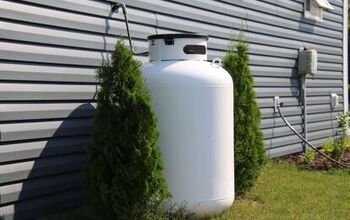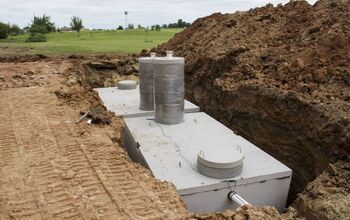What Are Some Problems With Log Homes?

Log cabins are a part of old school Americana. Lincoln lived in one. Settlers had them. Even today, camping in a log home is considered to be a great way to enjoy a slice of the country. But, log homes aren’t common anymore. Did you ever wonder why that is? Well, it has to do with a lot of the problems that they tend to bring.
Some problems with log homes include:
- Rodent and pest infestations
- Mold and moisture damage
- Degradation due to excessive heat and sun exposure over time
Log homes require maintenance as well as ensuring all holes and spaces are sealed up to ensure you don’t end up with any of these problems.
While it might be nice to spend a weekend in a cabin up in the mountains, living in a log home on a daily basis isn’t as glamorous as it sounds. This article will explain why log homes aren’t as common as they once were, and what potential cabin owners should be aware of before they sign the dotted line.
Do You Need to Hire an Architect or a Builder?
Get free, zero-commitment quotes from pro contractors near you.

What Are The Problems With Log Homes?
When you leaf through a magazine featuring log “glamping” cabins in the Poconos, it’s easy to daydream about living in a wooden home. Don’t. The reality is not what you think it is. Log homes are not the easy maintenance living situations you think they are. They have a slew of problems, including:
- Susceptibility to mold
- Susceptibility to pests
- Susceptibility to rodents
- Sun damage
- High maintenance requirements
- Wind problems
Let’s dig a little deeper into each of these issues, shall we?
1. Susceptibility To Mold And Moisture
It doesn’t take a rocket scientist to realize that wood and water don’t mix. In large quantities, exposure to moisture will cause a wooden home to rot, grow mold, or just warp. The problem is that water is all around us, and we can’t prevent all of it from hitting our homes. This is why moisture exposure is one of the fastest destroyers of a log home.
The moisture issue doesn’t just make it hard for log homes to keep their shape and structural integrity. Wood and water mean that fungus, mold, and mildew become major threats. After all, mold naturally grows on wet logs. When your home is made of logs, mold will naturally want to grow there.
Water splashing onto lower logs on decks and other accessories around the home is the number one cause of log rot. Logs continually becoming wet will cause them to rot over time and rotten logs can be very expensive to replace. Having gutters in good working condition can go a long way to prevent water from splashing back onto your log home. However, broken or improperly installed gutters can accelerate the rotting process.
2. Susceptibility To Pests
We’ve all seen old Looney Tunes clips that involve termites eating entire houses, and we’ve all laughed at it. What most of us don’t realize is that there is a bit of truth to those old comic tropes. If you have a log home, your house happens to be a favorite meal of several different pests–including termites. Termites are a real danger for log homes in Southern climates. It is vital to keep these pests away from your home and if you suspect an infestation, you should call a professional exterminator immediately.
Many nuisance insects like carpenter ants, carpenter bees, and termites live in wood. They also eat the wood. Their predators, such as woodpeckers, may also start hammering away at the wood in order to gain access to them. This means that most log home owners end up having to be extra vigilant about pests.
In Northern climates, boring insects can not only be a nuisance but may also be a symptom of a much deeper issue – rot. The most common boring insect seen in log homes is the powder post beetle and the carpenter ant/bee. These pests bore into your home, leaving small holes of their path in your logs. Their only interest is eating rotting wood and are a good indicator that you have log rot.
3. Susceptibility to Rodents
Insects aren’t the only annoyances that can pose issues for log homes – rodents, such as mice, are always looking for warm places to call home. All of the nooks and crannies in a log house offer a great place for mice to make their way inside. The best way to prevent these critters from infiltrating your log home is to seal up the outside with caulking or chinking.
Locating and sealing up spaces around your foundation can be especially helpful in ridding your home of mice. Squirrels are another common critter that likes to make your home their home and can do a substantial amount of damage to your logs in just one season. To prevent squirrels from entering your log home and building a nest in your attic, keep your trees and branches at least 12 feet away from your house.
Bats are the last type of rodent commonly seen in log homes, as they are most often seeking out a place to raise their young. They generally occupy small or large crevasses that can be accessed from below. Over time, bats fill these spaces with their feces, which becomes a much more serious issue. Homes with bat infestations have a very distinct smell and if you notice any bat droppings, get in touch with a bat evacuation company right away.
4. Sun Damage
It’s clear that pests and moisture are major threats to a home’s wellbeing, but you could probably skirt those issues by just building your log home in a nice, dry, sunny area, right? Not quite, Wood also happens to have issues when it’s exposed to direct sunlight for long periods of time.
Ultraviolet rays from sunlight actually break down wood rather quickly, kickstarting the first stages of wood rot. Moreover, excessive heat and dryness can also cause your wooden home to dry out. This, in turn, can cause your home to become more susceptible to fire. As a result, experts agree that log homes should primarily be built in the shade.
5. High Maintenance Requirements
Obviously, log cabins are not exactly as sturdy as they look. It only takes regular exposure to water or sun to cause your home to have serious problems. And pests? Yeah, you have to watch for those too. This means that a typical log home owner will need to do the following on a regular or semi-regular basis:
- Plant bushes and other trees away from your home. This reduces the amount of moisture that you will have around your log home. They also can act as a buffer during extremely rainy seasons, which helps divert some of the flow of water away from your living area.
- Clean your gutters and reinforce your roof. Since you will be living in the shade, gutters can easily overflow with foliage that can spread mold. Expect regular cleaning sessions during the fall, and expect to treat your roof on a regular basis.
- Watch for pests. You may meed to install a fake owl to keep woodpeckers at bay. Regularly treating your home with pesticide will reduce the chances of other critters showing up.
- Treat your cabin’s walls. Along with giving your wooden home a deep cleaning, you’ll also need to give your home’s walls and outside a restaining and treatment every other year. Otherwise, the wood that makes up your home will become the perfect place for pests to live.
- Foundation repair. Due to the high chance of having moisture trapped underneath your home, you may have to inspect and treat foundation cracks on a regular basis as well.
6. Wind Problems
Wind is often the forgotten enemy of log homes. While air can help prevent damage caused by water, when wind is persistent in the desert or mountains it hurts more than it helps. It accelerates the cracking and drying of wood, caulk, and chinking.
With dirt and sand particles constantly hitting the surface of your log home throughout the year, wind has a very abrasive impact on the wood. To remedy the negative effects of wind, you can plant trees on the west and south sides of your home. This, along with carefully position your home on your lot, will help it avoid especially windy conditions.
Are Log Cabins Worth It?
Here’s the funny thing about owning a log cabin: it’s absolutely worth it. People adore this type of home and love its rustic flair. That’s why so many people want to have them for their summer homes and why they almost always get snapped off the market. However, it’s important to remember that log homes aren’t for everyone.
If you’re looking for a good house for the weekend, or if you’re just looking for a rental home investment, a log home can be a great choice. On the other hand, if you’re trying to find a low-maintenance type of house that can be built anywhere, you need to rethink your investment. After all, these houses are going to require a lot of work. That can take away from their appeal.
Do You Need to Hire an Architect or a Builder?
Get free, zero-commitment quotes from pro contractors near you.

Our Final Take
If you were hoping for log homes to be maintenance-free places like the ones you see in your fantasy RPGs, think again. Log cabins are known for having problems, especially when it comes to their tendency of rotting. If you want to own and keep a log home, make sure that you’re willing to tackle issues involving moisture, mold, and even the harsh rays of the sun.
Of course, worrying about the elements isn’t the only obstacle in your way, you may also have animals that choose to live in your home. At times, those critters can even destroy your home. This is why log homes aren’t as popular as they once were. They involve way too much maintenance for some peoples’ tastes.
However, that’s not to say they aren’t worth it. If you love the idea of country living and are not averse to a little maintenance, your log home can become one of the best investments that money can buy. So, it’s all about what you’re looking for in a home.

Ossiana Tepfenhart is an expert writer, focusing on interior design and general home tips. Writing is her life, and it's what she does best. Her interests include art and real estate investments.
More by Ossiana Tepfenhart
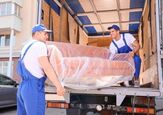
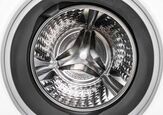

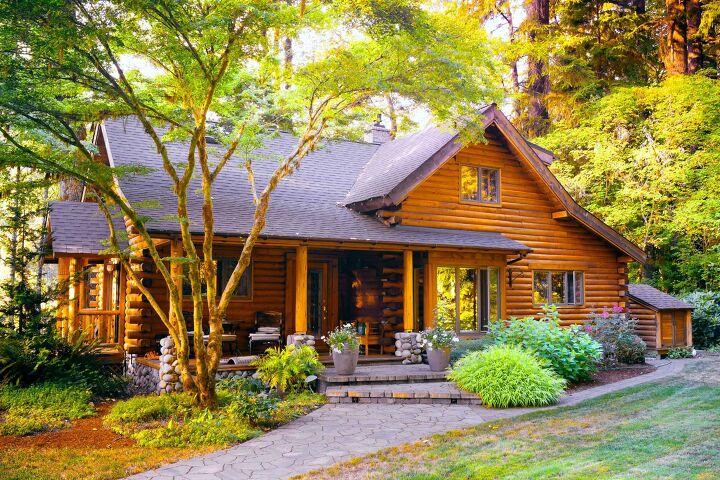
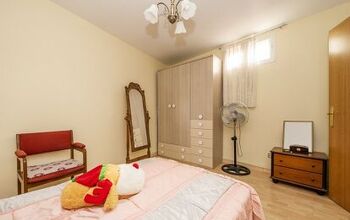
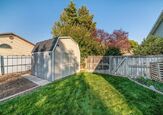
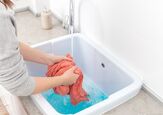


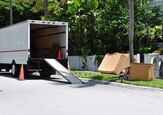
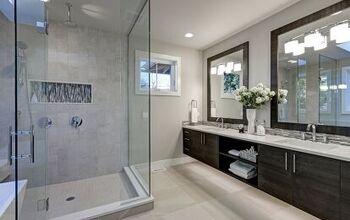
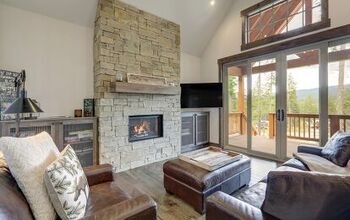
![10 Best Electric Lawn Mowers - [2022 Reviews & Top Rated Models]](https://cdn-fastly.upgradedhome.com/media/2023/07/31/9070486/10-best-electric-lawn-mowers-2022-reviews-top-rated-models.jpg?size=350x220)

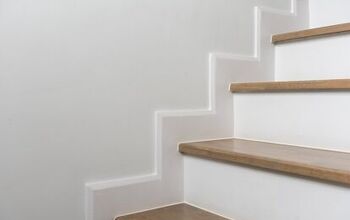
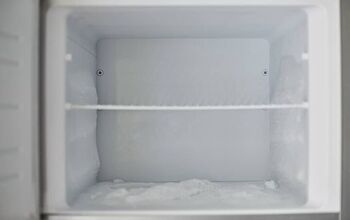
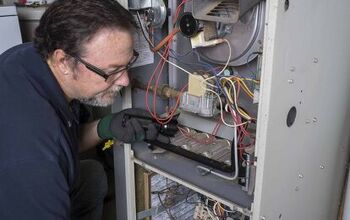
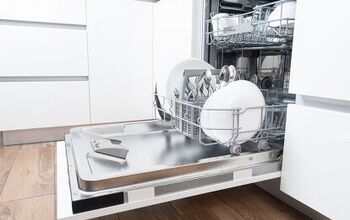
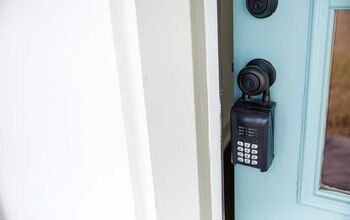
![12 Washing Machine Brands to Avoid [with Recall Data]](https://cdn-fastly.upgradedhome.com/media/2023/07/31/9075781/12-washing-machine-brands-to-avoid-with-recall-data.jpg?size=350x220)

